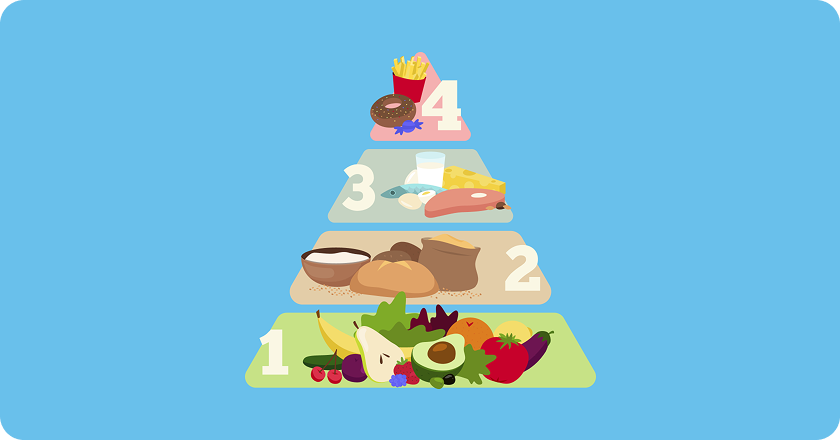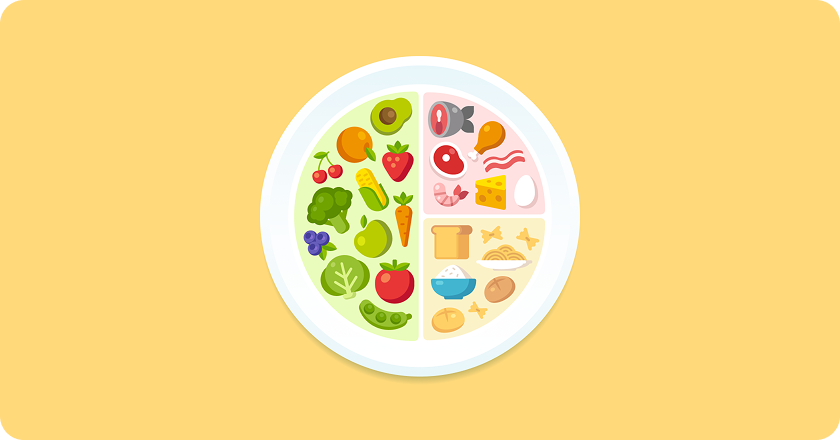Eating a balanced meal isn’t just about eating “healthy” foods—it’s about getting the right mix of nutrients your body needs to function at its best. Whether your goal is weight management, muscle gain, or overall well-being, understanding how to build a well-balanced plate is essential. Let’s break it down with real-life examples.
The 3 Key Elements of a Balanced Meal
✅ Carbohydrates (Energy Source) – Found in whole grains, fruits, and vegetables, carbs provide the fuel your body needs to function. Choose complex carbs like brown rice, quinoa, or whole wheat bread for longer-lasting energy.
✅ Protein (Muscle & Repair) – Protein helps build and repair muscles and keeps you feeling full. Good sources include lean meats, fish, eggs, beans, tofu, and dairy products.
✅ Healthy Fats (Nutrient Absorption & Satiety) – Fats support brain function and help your body absorb vitamins. Avocados, nuts, seeds, and olive oil are great sources.

Real-Life Examples of Balanced Meals
🍳 Breakfast: Scrambled eggs with whole-grain toast, avocado, and a side of mixed berries.
🥗 Lunch: Grilled chicken salad with quinoa, spinach, cherry tomatoes, and a drizzle of olive oil.
🥘 Dinner: Baked salmon with roasted sweet potatoes and steamed broccoli.
🥜 Snack: Greek yogurt with almonds and a drizzle of honey.

How to Build a Balanced Plate Using the 50/25/25 Rule
An easy way to create a balanced meal is to follow the 50/25/25 rule:
🥦 50% Vegetables & Fruits – Rich in fiber, vitamins, and minerals.
🍗 25% Protein – Supports muscle growth and repair.
🍚 25% Healthy Carbs – Provides sustained energy.

Tips for Creating Balanced Meals Every Day
🔹 Plan Ahead – Prepping meals in advance helps you make better choices.
🔹 Use a Variety of Colors – Different-colored fruits and vegetables provide a range of nutrients.
🔹 Watch Your Portions – Stick to recommended serving sizes to maintain balance.
🔹 Hydrate – Water is just as important as food for overall health.

Final Thoughts
Eating a balanced meal isn’t about perfection—it’s about making small, sustainable choices that nourish your body. By including a mix of macronutrients and whole foods, you can create satisfying meals that support your health and wellness goals.


